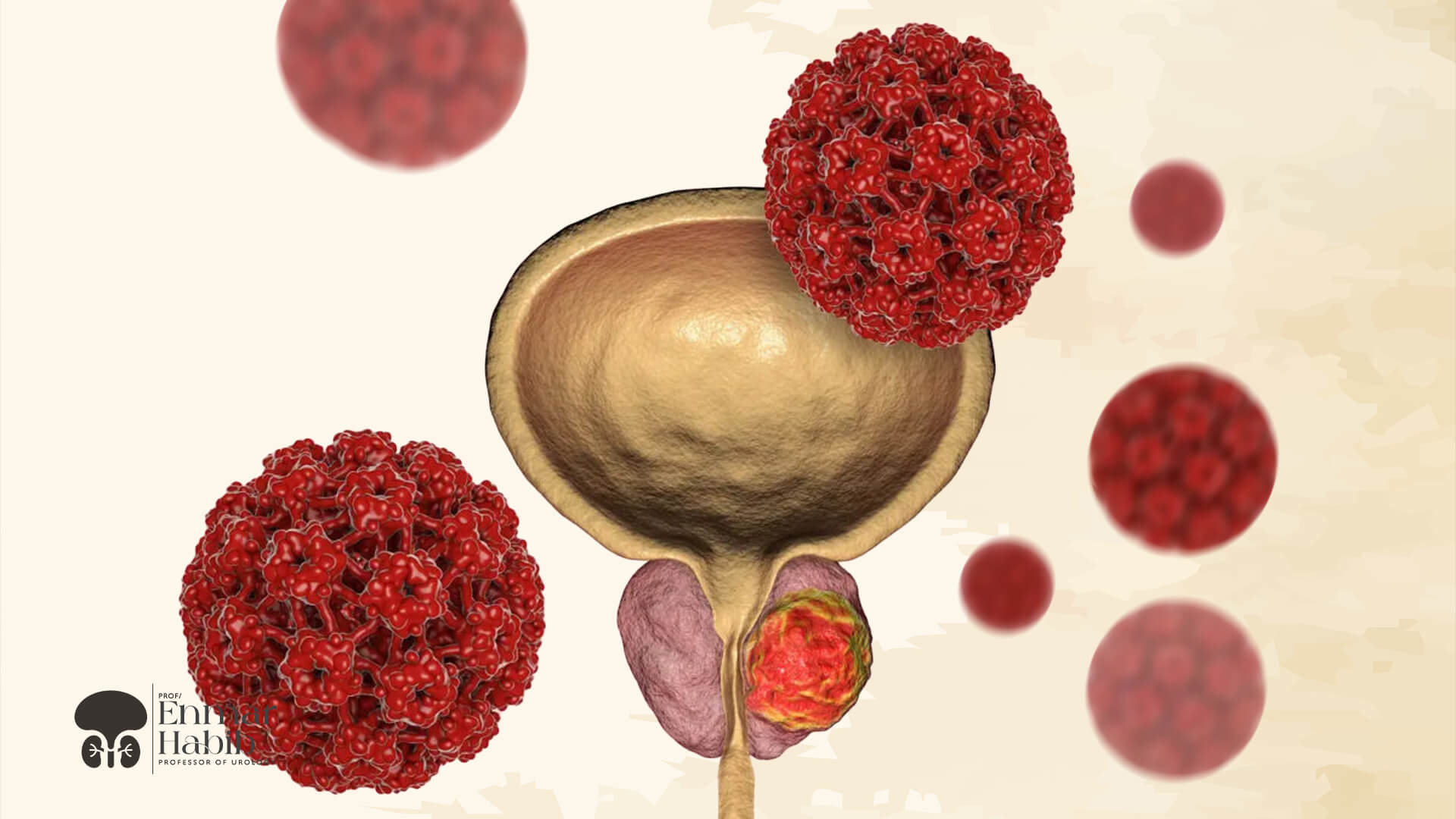Early Detection Methods for Prostate Cancer and Its Importance
Home Surgery Tips Early Detection Methods for Prostate Cancer and Its ImportanceEarly Detection Methods for Prostate Cancer and Its Importance
Prostate cancer screening methods are essential for early diagnosis, which helps improve treatment outcomes and survival rates.

Early Detection Methods for Prostate Cancer and Its Importance
Screening is testing for cancer in individuals before any symptoms appear. Certain screening tests can be used to search for possible signs of prostate cancer.
All men should begin prostate cancer screening around the age of 45. However, some men with higher risk factors should start earlier. If you have a family history of prostate cancer or other types of cancer, you should get tested at the age of 40.
1- Prostate-Specific Antigen (PSA) Blood Test:
Prostate-specific antigen (PSA) is a protein produced by the cells of the prostate gland (both normal and cancerous cells). PSA is found primarily in semen, but a small amount is also present in the blood.
The PSA level in the blood is measured in units called nanograms per milliliter (ng/mL). The likelihood of having prostate cancer increases with higher PSA levels, but there is no specific cutoff point that can definitively indicate whether a man has prostate cancer or not.
• Most men who do not have prostate cancer have PSA levels lower than 4 ng/mL of blood. When prostate cancer develops, it often exceeds 4. However, a level lower than 4 does not guarantee that a man is not developing prostate cancer. About 15% of men with a PSA level below 4 are diagnosed with prostate cancer.
• Men with a PSA level between 4 and 10 have a 1 in 4 chance of having prostate cancer.
• If the PSA level is higher than 10, the chance of prostate cancer increases to over 50%.
Other factors that may affect PSA levels:
It's challenging to use a specific cutoff point with the PSA test because various factors other than cancer can also affect PSA levels.
Factors that may raise PSA levels include:
• Aging: PSA levels gradually increase with age, even if the prostate is normal.
• Enlarged prostate: Other conditions, such as benign prostatic hyperplasia (BPH), a non-cancerous enlargement of the prostate that affects many men as they age, can raise PSA levels.
• Prostatitis: The infection or inflammation of the prostate gland can raise PSA levels.
• Ejaculation: Ejaculation can temporarily raise PSA levels. For this reason, Dr. Enmar Mohamed Habib recommends that men abstain from ejaculation for a day or two before the test.
• Bicycle riding: Some studies have shown that cycling may temporarily raise PSA levels, possibly due to pressure from the seat on the prostate.
• Certain urinary procedures: Some procedures that affect the prostate, such as a prostate biopsy or cystoscopy, can temporarily raise PSA levels.
• Certain Medications: Taking male hormones, such as testosterone or other drugs that increase testosterone levels, may cause PSA levels to rise.
Factors that may lead to lower PSA levels even in the case of prostate cancer:
• Certain Medications: Some drugs used to treat benign prostatic hyperplasia (BPH) or urinary symptoms can lower prostate-specific antigen (PSA) levels. Additionally, long-term use of certain medications, such as aspirin, cholesterol-lowering drugs, and some diuretics, may also lead to reduced PSA levels.• Herbal mixtures: Some herbal blends sold as dietary supplements may mask elevated PSA levels.
2- Clinical Examination:
Dr. Enmar Mohamed Habib examines the prostate for any lumps or hard areas that may be cancerous. The prostate is located directly in front of the rectum. Prostate cancer often begins in the back part of the gland and can sometimes be felt during a clinical examination.
3- Prostate imaging:
Ultrasound imaging uses high-frequency sound waves to create an image of the prostate to determine if it is enlarged, abnormally shaped, or asymmetrical. Additionally, an MRI can reveal areas suitable for tissue biopsy if needed for further analysis.
Prostate cancer can be easily treated when detected early, with many treatment options available. Therefore, it is important to consult Dr. Enmar Mohamed Habib, Professor of Urology and Pediatric Urology at Cairo University and Fellow of McGill University, Canada, regarding screening tests. These screenings can help detect prostate cancer at an early stage before any signs or symptoms appear.